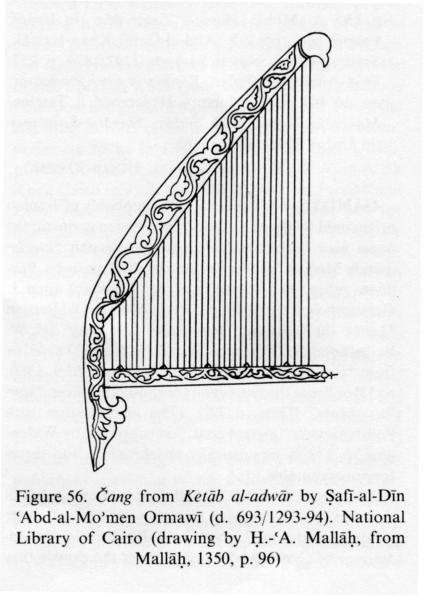Achaemenid Relief of a Gift Bearer from Persepolis; Southern Iran, Persepolis, 500-450 B.C.
نقش یک مرد که هدیهای به پیشگاه شاهنشاه هخامنشی میبرد با گلهای نیلوفر آبی در بالا، از مجموعه تخت جمشید که در بیست و پنج قرن پیش ساخته شده و هم اکنون در موزه هنر لوس آنجلس نگهداری میشود.
 |
| Achaemenid Relief, Persepolis; Southern Iran, 500-450 B.C. |
LACMA
In this fragment from a larger relief, a man is depicted carrying a covered vessel. His dress suggests that he's a nobleman from Media, an area that stretches from present-day Turkey to Iran. The fragment was probably a part of the decorated staircase of Tachara, the private palace of Darius I the Great (reigned 521–486 B.C.). Built by Darius I, Tachara is one of the magnificent palaces located in the capital Persepolis (present-day Iran). The complex underwent a period of construction that stretched for over 60 years and is made up of numerous buildings situated on raised ground and platforms... more







